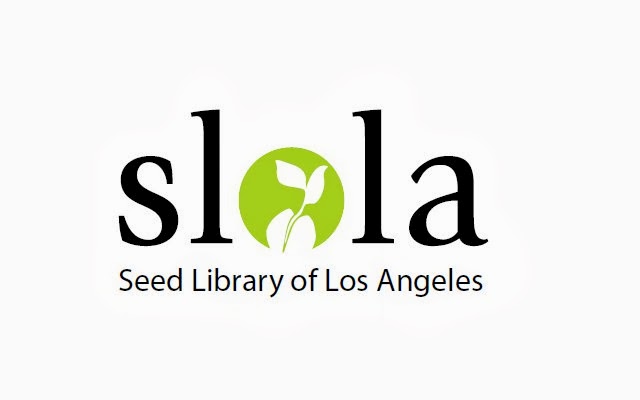 |
| Glass Gem Corn |
Jo Anne Trigo of Two Dog Nursery called me with an offer. She had plants of Glass Gem corn to share with SLOLA would we grow them? It might have been in conversation with her or doing some research on the variety that I came across the fact that this is a popcorn that changed my mind. No wonder there was no mention of how it tasted! It was a popcorn. I raised popcorn as a boy in Kansas (sold it for 25 cents a pound) and growing popcorn remains a fond memory for me. So we accepted the plants.
It has been the subject of other posts in other blogs, but I screwed up royally. Being in a city, we have rodents around and our compost pile supports a small host. We do not have rodent problems with most of our harvest however because we also are home to a Cooper's Hawk who patrols from our Chinese Elm. My screw up came when I sited the corn too close to the compost piles. The rats were able, once the kernels began to form, to easily slip from the compost to the corn without interference from the hawk. Proving my theory to be sound, corn thirty feet away (flowering at a different time, I will point out just so you know both crops could be saved for seed) suffered no predation.
We got a pitiful amount of seed - most ears were fully eaten, only a few (on the opposite side from the compost) had much of any seed.
Jose Miguel Palido Leon, a SLOLA member announced he had seeds of Glass Gem corn grown at the Southwest Museum garden - with many other American plants grown by the tribes in our area. A garden that would make a marvelous SLOLA field trip some time soon! I visited Jose and picked up a bag of Glass Gem seeds he donated to SLOLA!
These will be available for check out on a very limited basis! We will want to be certain that whoever checks out the seed we have knows how to save corn seed and prevent cross pollination so we can build this into a viable seed resource for Los Angeles. There is enough seed from the two groups of seed (ours from Two Dog Nursery and Jose's) for probably three people to grow them out and enough to reserve to allow for crop failures.
To whet your appetite, there are two resources on the web where you can see Glass Gem corn for yourself. Seed is available from Native Seed/SEARCH in Tucson, AZ and their ad copy gives you a hint of the beauty of this corn. Run your mouse over the image for a treat.
But the best shots of Glass Gem corn come from a blog post from Seattle, WA - amazing corn and amazing photography! You can easily see why this corn has tweaked the imagination of so many people. And for a bit of the history of this corn, check out this page that gives some history to the variety - but I want to point out, that the page also says the seed is not available while it has been available (even if in limited quantities) from Native Seed/SEARCH for about two years.
By the way, the rest of Two Dog's corn they planted at the nursery and got a much better return than we did!
Wait'll next year - the cry of gardeners and baseball players everywhere! We'll get ourselves some Glass Gem corn to show off... Next year!
david

